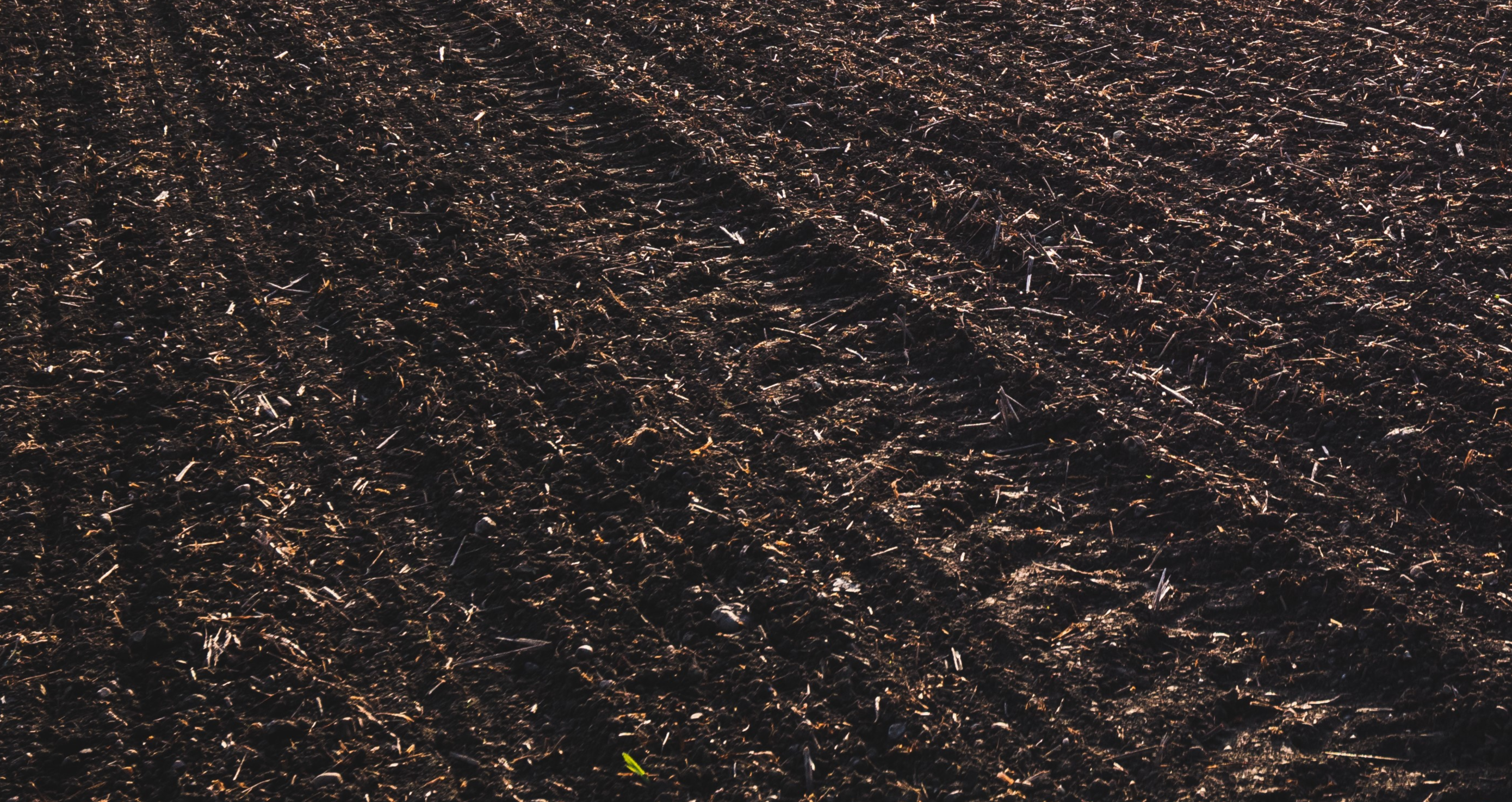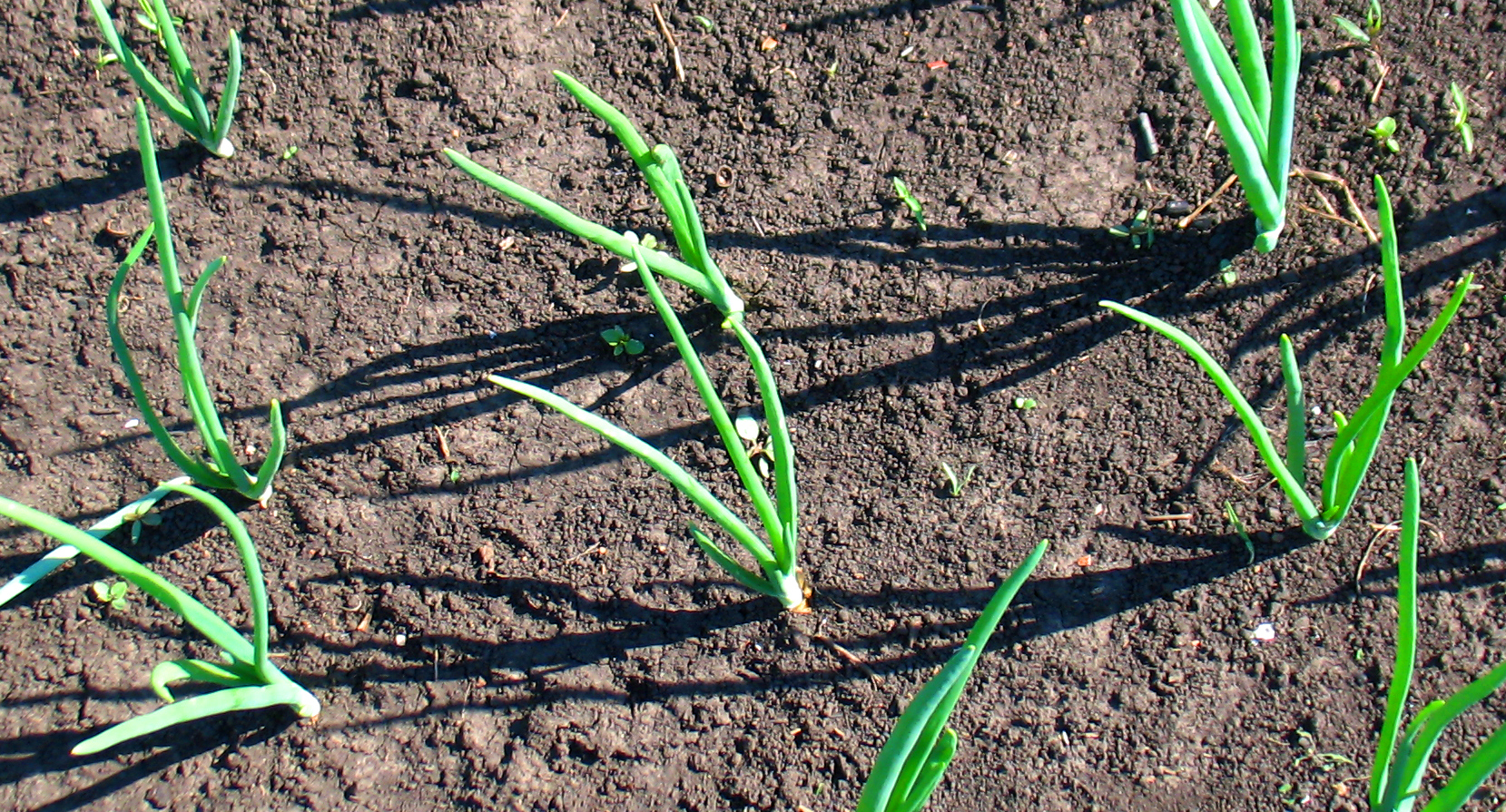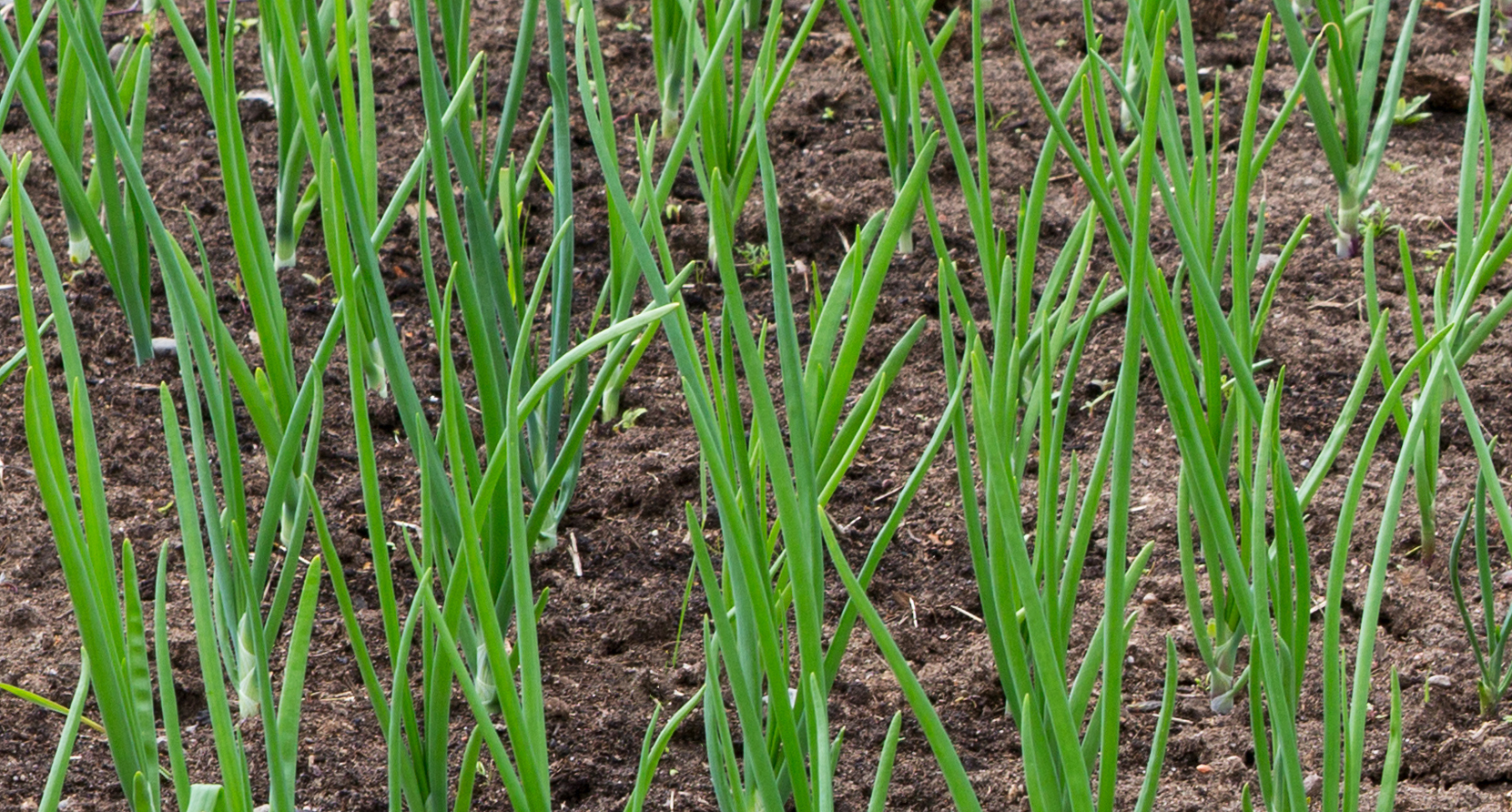






(Unit/t of production)
(Unit/t of production)
N
3.5
1.8
Very Sensitive
P2O5
2
0.8
Very Sensitive
K2O
3.6
2.4
Very Sensitive
MgO
0.8
0.25
Moderately Sensitive
SO3
0.8
0.5
Very Sensitive
TE
Boron (B) and Zinc (Zn) when required
First application in spring

Second application in spring

Third application in spring

Onions only need some of the nitrogen at the beginning of development. Therefore, a maximum of one third of the total N fertilizer requirement (approx. 50-60 kg N/ha) is sufficient for onions grown from seed. Due to the high phosphate and potash requirements, chloride-free, potassium-emphasized COMPLEX fertilizers are the best choice for the first application.
The second third of the N requirement is applied at the three to four leaf stage. This should be combined with potassium sulphate or again in the form of a chloride-free NPK fertilizer.
The last third of the N requirement is applied four weeks after the second application. This ensures a constant supply for onion formation. Potassium is again important to ensure an optimal ripening. Sulphur increases the shell strength and thus the resistance against diseases; the first two NPK applications cover the sulphur supply. A pungent and good storing onion is the result of the right fertilization strategy.
LAT Nitrogen Austria GmbH
St.-Peter-Strasse 25
4021 Linz, Austria





